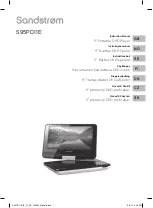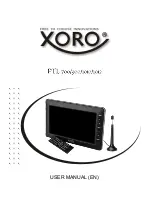
Note:
It is not possible to accidentally make a non end-to-end encrypted
call. Every talkgroup or individual subscriber that can be exempt from
End-to-End Encryption must be explicitly customised into the radio.
End-to-End Encryption is designed to provide maximum security for voice
and SDS communications, whether operating in Direct Mode or Trunked
Mode, irrespective of the security level provided by the network.
A radio that supports End-to-End Encryption may nevertheless be required
to make calls that are not end-to-end encrypted. For example, calls to certain
talkgroups and individual subscribers may be customised to be exempt from
End-to-End Encryption. All telephone calls are also not end-to-end
encrypted.
When dialling, a separate
Secure Comms icon is displayed in the dial box
if the call or SDS will be End-to-End encrypted. During voice calls only (not
SDS calls) your radio may allow you to toggle End-to-End Encryption on/off
with a soft key.
When you are in a voice call, the Secure Comms icon indicates whether End-
to-End Encryption is operational. When the radio participates in a call that is
not end-to-end encrypted, a periodic non intrusive audible alert is generated
(if customised).
When you receive an SDS (text) message or picture messages, if you see the
Secure Comms icon in the message details that the message was end-to-end
encrypted.
Note:
If the message ‘Security Check Fail’ is displayed while making or
receiving calls, it indicates that the radio has not been customised
properly. In such cases, please contact technical support in your
organisation.
Updating E2EE keys
End-to-End Encryption keys are automatically updated when the radio
registers on the network when it powers on, and whenever the Key
Management Centre (KMC) on the network broadcasts them.
If E2EE traffic keys become outdated—which can happen in poor network
coverage conditions—you can manually update them as described here.
User Guide
149
















































